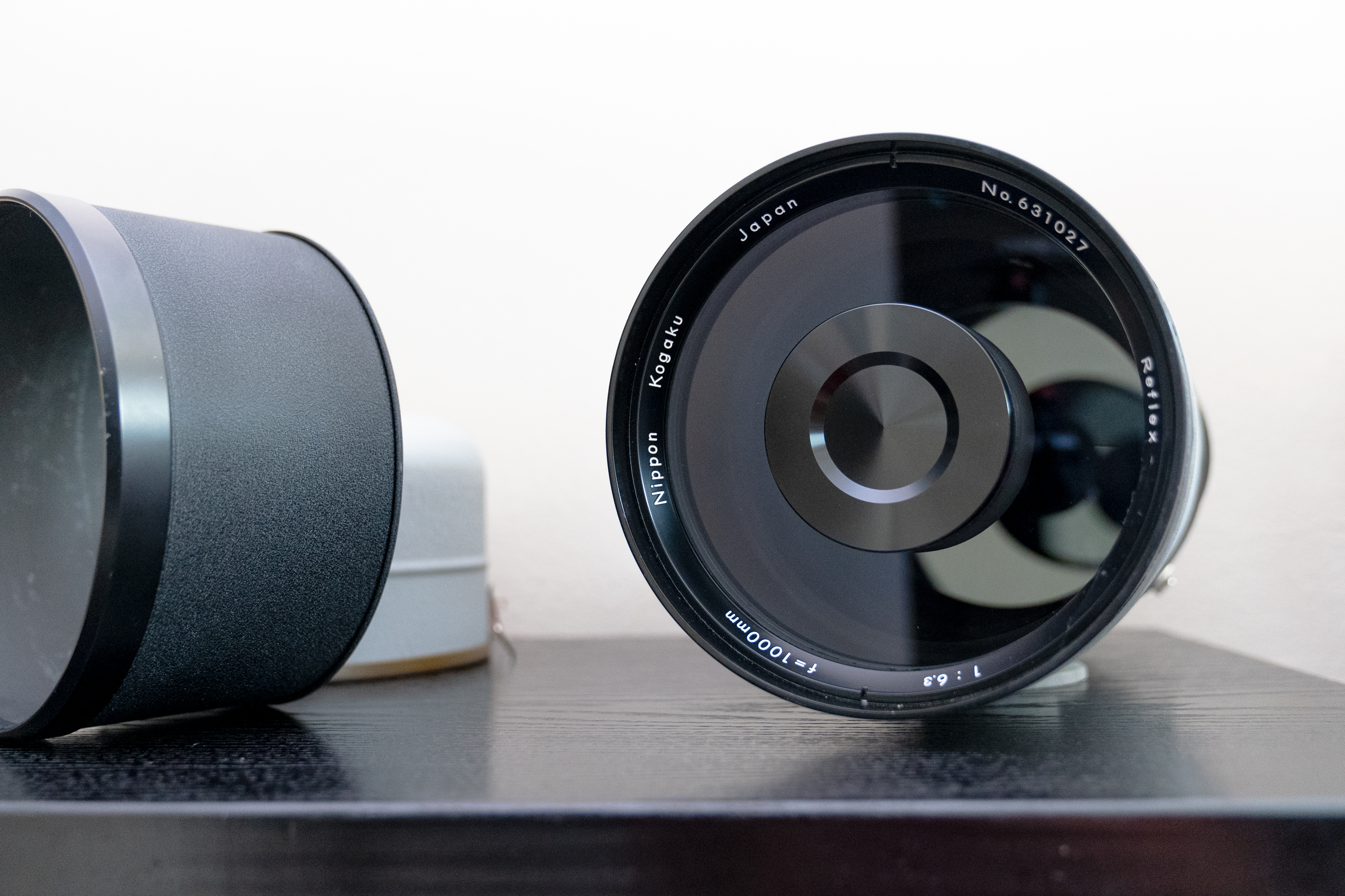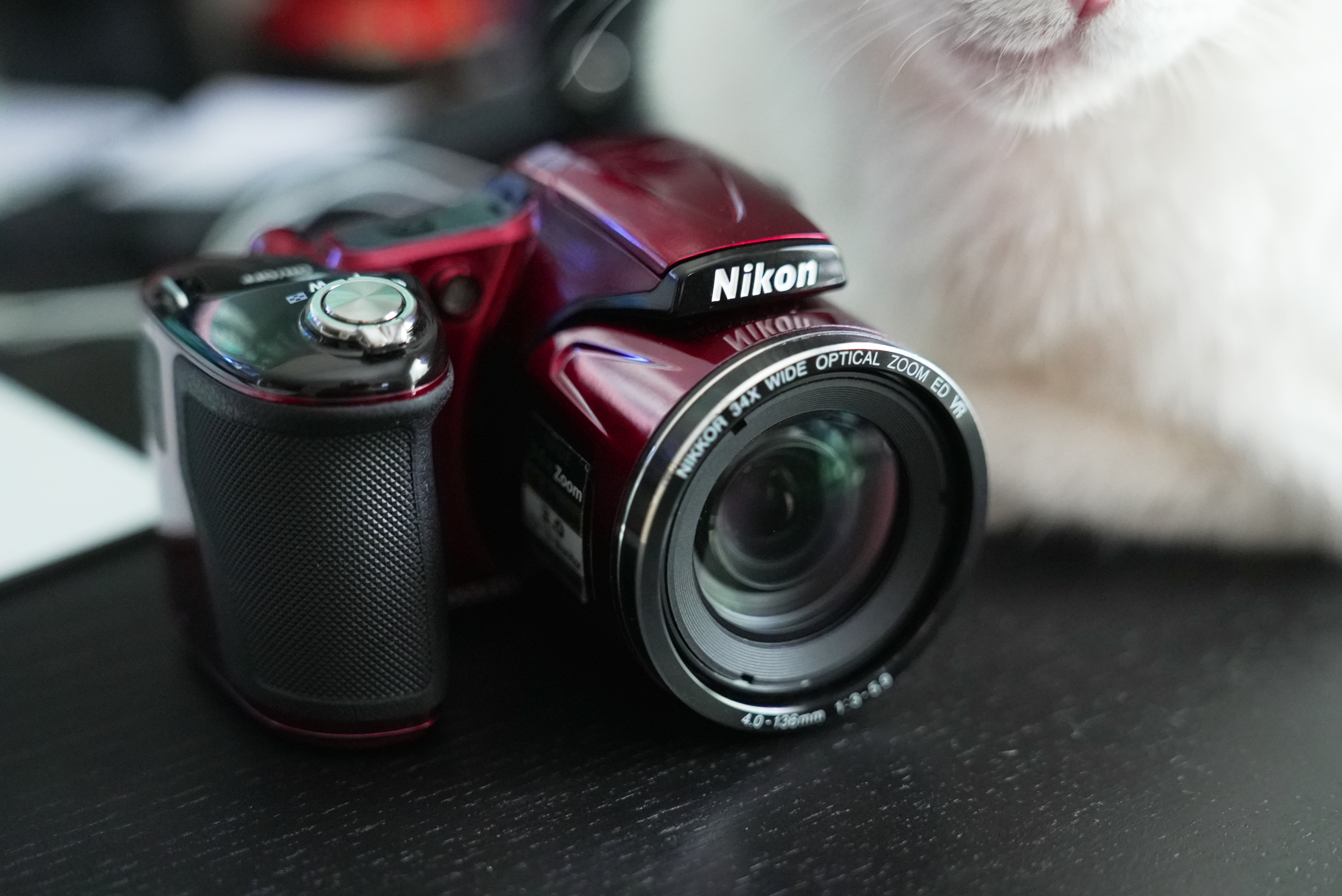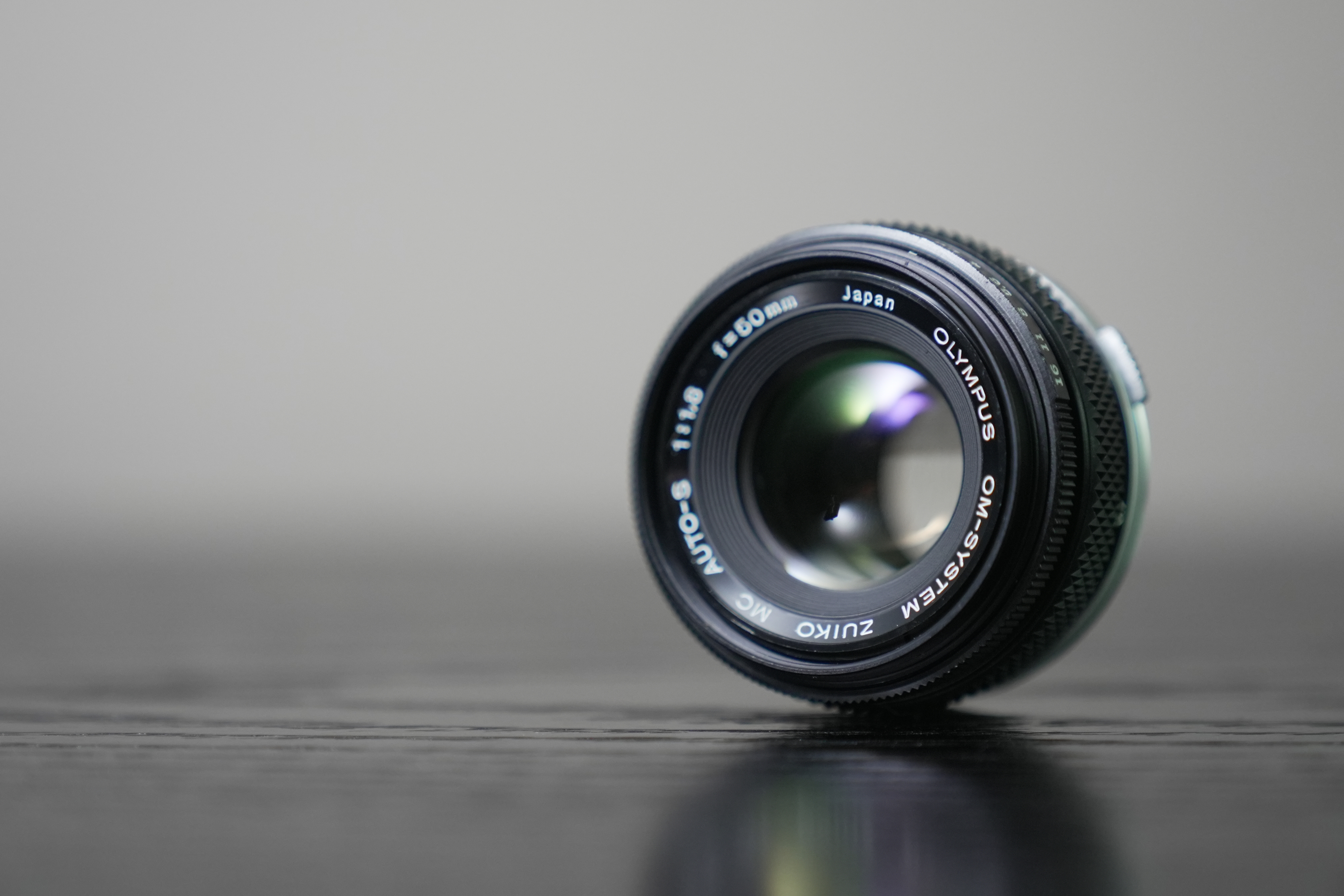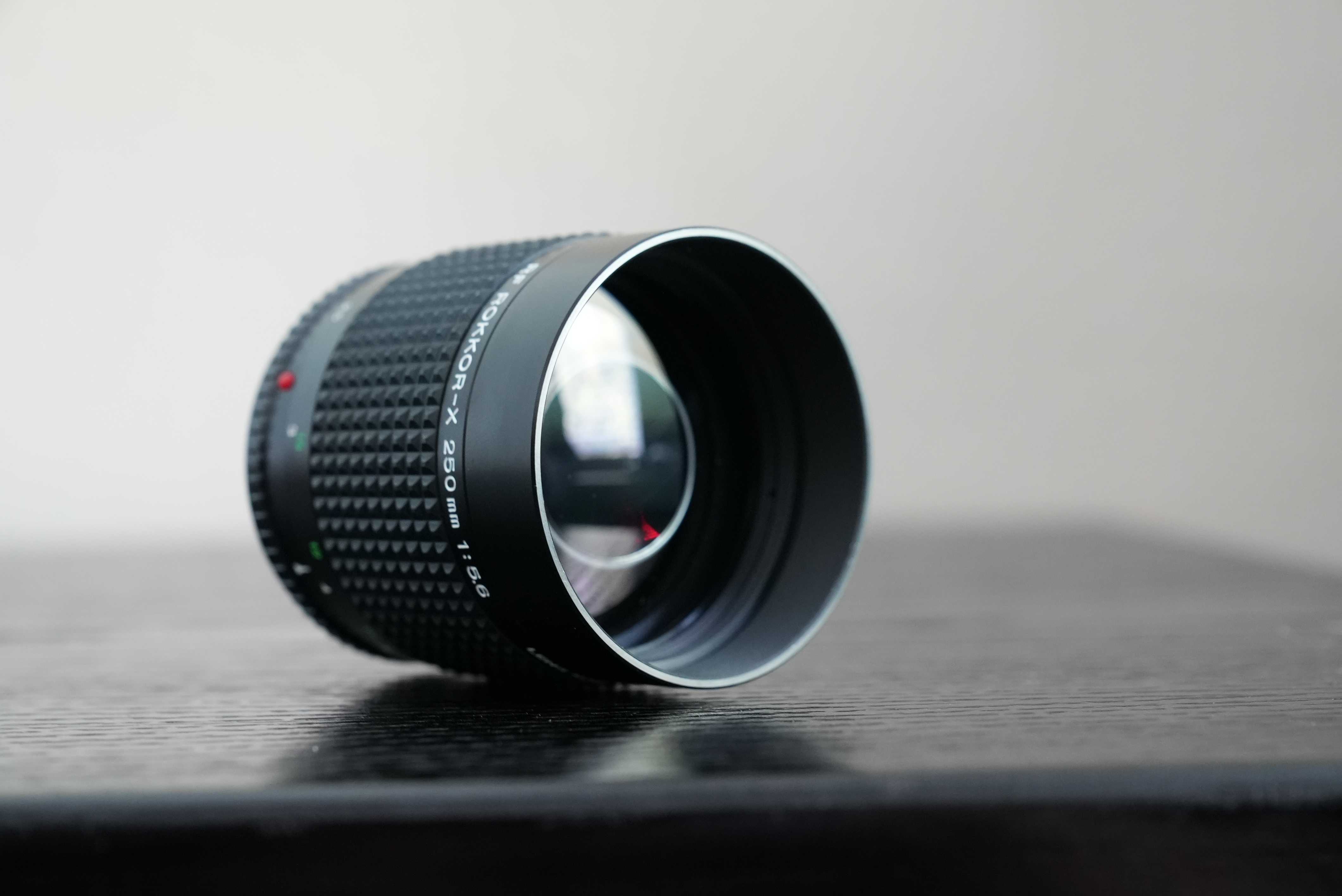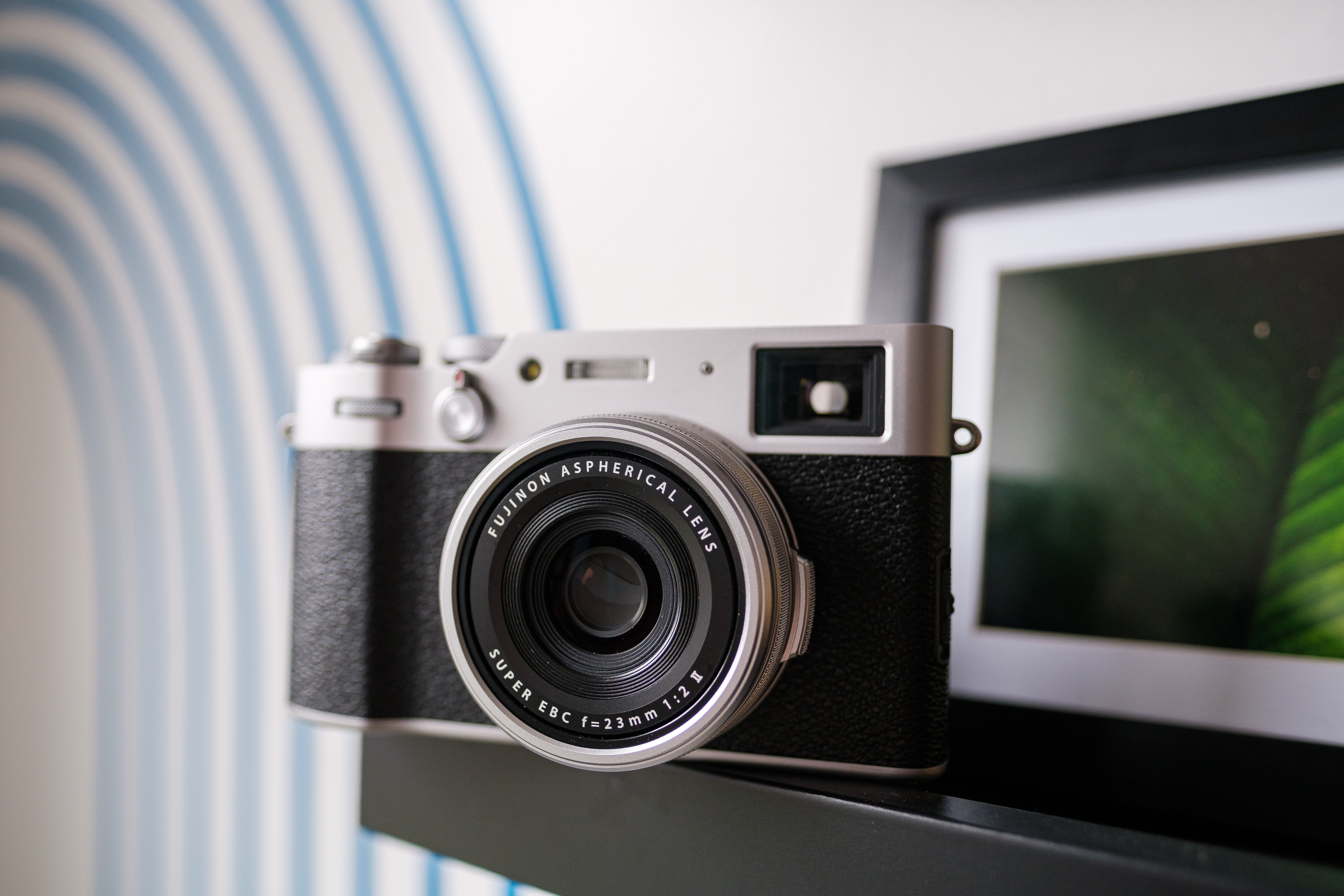
Previously, in this ongoing series on luxury compact fixed-lens cameras, I covered the Fujifilm X100F, the Sony RX1R, the Leica Q, the Ricoh GR II, the Panasonic Lumix DMC-LX100, and the Ricoh GR III.
Today, we’re looking at the Fujifilm X100V (also available in black).
First off, following form for this series, let’s see if this camera fits the criteria.
Is it luxury?
The X100V is indeed luxurious. The new silver chrome finish is especially fancy, and the slight refinements to the shape of the body make this into an even more elegant camera. Walk around with it and people will compliment you. Don’t tell me that doesn’t feel great.
Is it compact?
The X100 has never been as compact as any Ricoh GR, which easily slide into a pant pocket, but the X100V can realistically fit into a jacket or hoodie pouch pocket, not to mention a bag, fanny pack, or purse, which is a feat for the performance it packs.
Is it fixed-lens?
It most certainly is. And this is the first X100 camera to sport an improved redesign of the 23mm f/2 lens—a huge step up in quality from the original. It’s sharp from macro to infinity, resolving great color and micro-contrast.
Is it a camera?
It’s more than a camera, it may be the conduit to a whole new lifestyle. A better one than you’re currently leading without it.
Handling the Fujifilm X100V
If you’ve ever held any Fuji X100, you know that it’s a joy to use. This fifth iteration is no different. There’s a couple of ridges that aid grip, one in the front for your middle (and, possibly, ring) finger, and one in the back for your thumb. Since the camera is so light and compact, it’ll feel secure in your hand with just those points of contact.

Every button and dial is easily accessible with your shooting hand. This makes one-handed operation practical and enjoyable. Not quite to the level of the Ricoh GR III, but not far behind either.
The biggest change to the body this time around is the addition to an articulating back LCD touchscreen. The design is unobtrusive, and the screen stays flush with the rest of the body when not flipped up or down. Although the range of motion of the screen is limited, it’s nice to finally have the option to shoot at waist-level or above your head without losing sight of the touchscreen.
Besides the flip-up screen, much of the layout is similar to the X100F, which was already a notable improvement from previous models, simplifying the button layout and introducing touchscreen functionality.
If you have huge hands, you may find the tiny buttons and small clearances a bit annoying, but for most people who don’t play stretch four in the NBA, it should be fine.
Overall, everything is where it makes sense, and works as it should—no complaints here.
The shooting experience
The X100V uses the same sensor and processor as Fujifilm’s flagship cameras—the X-T4 and X-Pro3, so from an image quality and performance standpoint, it can keep up with the best of them. It produces gorgeous files with Fujifilm’s top-notch color science and the 26.1-megapixel back-illuminated X-Trans CMOS 4 sensor.

One downside is that the sensor is not stabilized, so you’ll need to steady your hand at lower shutter speeds. But with good low-light ISO performance, that’s not such a big deal. I’ve been shooting it at night lately, since the winter sun goes down at 4:30pm in NYC. I routinely shoot at ISO 6400 and even 12,800 and the camera doesn’t even sweat, producing great images, clear of any distracting noise.

Autofocus performance has come a long way since the first X100 too. The latest iteration is lightning fast and accurate, even in low light. There’s a lot of customizable settings as well, so whether you want to track fast-moving subjects darting in and out of frame, lock onto someone’s eye for a portrait, or follow someone in the middle-ground while they move through a crowd, this camera can do it.

There’s a lot of depth to every setting, but even if you just leave everything to factory specs, the X100V is ready to shoot right out of the box. The tactile experience of using the dials to set your exposure is always a pleasure for those of us who come from shooting manual film cameras, and it’s still an intuitive method for learning photography for beginners.
Having said that, I mostly set the ISO and shutter speed to “A” for automatic, and shoot in aperture priority by twisting the ring around the lens. Even when I go into full auto, the X100V makes the right call nearly all the time.

Something that really pleases me as a street photographer is that the X100V is the first in the series to be weather-sealed, so I’ve felt comfortable shooting in inclement weather. The only catch is that you have to add a filter in front of the lens to make it fully sealed, since the focusing mechanism moves the lens back and forth. I took it out in a full-on nor’easter snowstorm recently, and it performed beautifully, even soaked. You can watch a video of this at the bottom of this post.

Having an on-board flash is something I’ve missed on the Ricoh GR III, and that feature gives a big edge to the X100V. I like having the option to kick on the flash to make subjects pop or snowflakes sparkle, and although I prefer one that packs a wallop, the flash on the X100V is good enough to make close subjects shine bright. I’ve been having a lot of fun with slow-shutter, rear-curtain flash at night, introducing dynamic motion into images.

Final thoughts
I’ve had the X100V in my hands for the last six months, and I can say that it could easily be my only camera. The 35mm-equivalent focal length is right on the money for most uses, and performance-wise, there’s no real downsides for me.
I love that I can tweak the JPGs to make the photos look like classic Kodachrome film or Tri-X, Superia, Portra, Velvia, or pretty much any emulsion I can think of. There’s a whole community online that shares their own personal “recipes” of settings to achieve these great looks. While I usually shoot RAW+JPG, I often share the JPGs on social because they look great and require no additional editing.
It’s the ideal camera for street photography, travel, documentary, and serves as a powerful everyday-carry kit. I’m pairing it with the GR III, as I like the wider field of view sometimes, and an X-T3 when I need the flexibility to change lenses.
It’s still a bit expensive, and for those with a lower budget, the X100F or even the X100T might be a good choice, although some sacrifices in features will be made. However, the image quality, handling and experience are not that much different.
Here’s more shots taken with the Fujifilm X100V:










